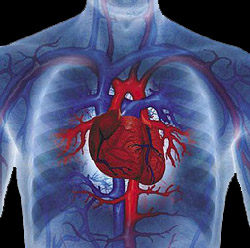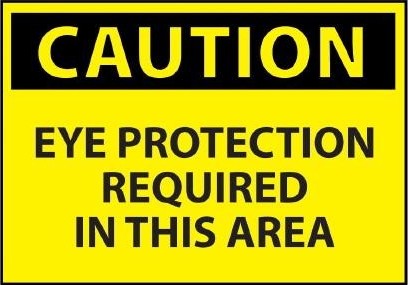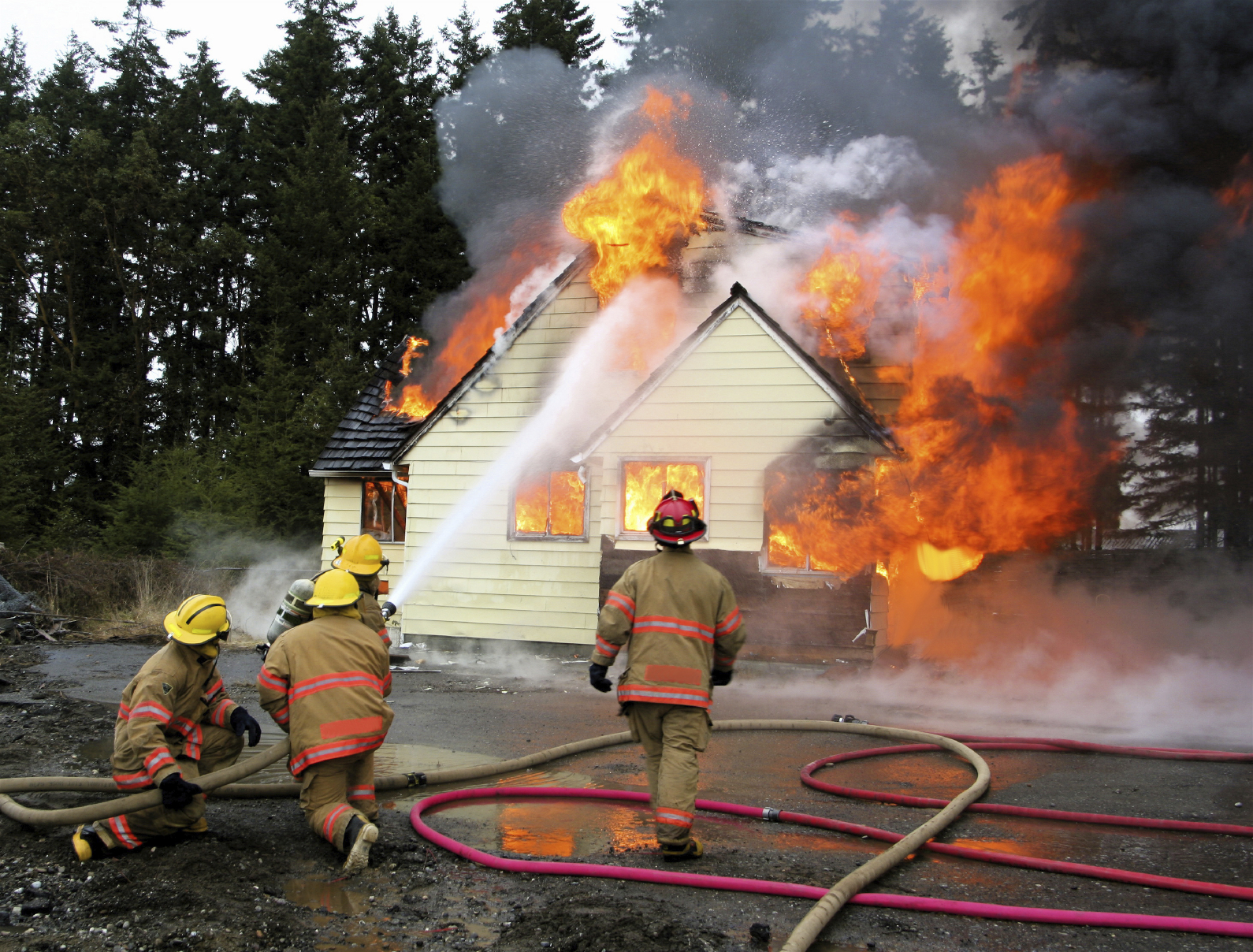 For many “large” employers, determining whether to “pay or play” may not be an easy process. The ACA’s employer shared responsibility provision goes into effect in 2014, making advance preparation even more important if you have part-time, seasonal or “variable hour” employees. Since you are only required to either potentially pay (a penalty for) or play (offer coverage to) those individuals who are considered your full-time employees, your ability to substantiate whether an employee is or is not “full-time” will be critical to successfully navigating the “pay or play” provisions of the ACA.
For many “large” employers, determining whether to “pay or play” may not be an easy process. The ACA’s employer shared responsibility provision goes into effect in 2014, making advance preparation even more important if you have part-time, seasonal or “variable hour” employees. Since you are only required to either potentially pay (a penalty for) or play (offer coverage to) those individuals who are considered your full-time employees, your ability to substantiate whether an employee is or is not “full-time” will be critical to successfully navigating the “pay or play” provisions of the ACA.
Month: February 2013
What Is Heart Disease?
 Bring up heart disease, and most people think of a heart attack. But there are many conditions that can undermine the heart’s ability to do its job. These include coronary artery disease, cardiomyopathy, arrhythmia, and heart failure. Keep reading to find out what these disorders do to the body and how to recognize the warning signs.
Bring up heart disease, and most people think of a heart attack. But there are many conditions that can undermine the heart’s ability to do its job. These include coronary artery disease, cardiomyopathy, arrhythmia, and heart failure. Keep reading to find out what these disorders do to the body and how to recognize the warning signs.
via Heart Disease Pictures Slideshow: A Visual Guide to Heart Disease on MedicineNet.com.
Protecting Your Eyes at Work
 Eye injuries in the workplace are very common. The National Institute for Occupational Safety and Health (NIOSH) reports about 2,000 U.S. workers sustain job-related eye injuries that require medical treatment each day. However, safety experts and eye doctors believe the right eye protection could have lessened the severity or even prevented 90% of these eye injuries.
Eye injuries in the workplace are very common. The National Institute for Occupational Safety and Health (NIOSH) reports about 2,000 U.S. workers sustain job-related eye injuries that require medical treatment each day. However, safety experts and eye doctors believe the right eye protection could have lessened the severity or even prevented 90% of these eye injuries.
via Protecting Your Eyes at Work | American Optometric Association.
Vacation Safety
 Before Leaving, Secure Your Home
Before Leaving, Secure Your Home
- Have good locks on all doors and windows and double check them before you leave.
- Ask a neighbor to watch your home while you are gone. Leave as much information about your vacation with them as possible, including emergency contact information in case something happens.
- Arrange for a neighbor or family member to gather your mail and newspaper deliveries.
- Plug in timers to turn lights on and of to simulate that the house is being used.
- Create the illusion that someone is home. For example, attach a television or radio to a timer to occasionally turn on and off.
- Ask a neighbor to park in your driveway if you will be taking your vehicle with you. If you leave your car at home, park it as you normally would.
- Arrange for someone to mow your lawn and maintain the yard should you be gone for a long period of time. During winter, make arrangements to have your snow shoveled.
While On Your Trip
- Trust your instincts and speak up if you think or feel something is dangerous.
- Confirm your reservations before leaving home.
- Keep a record of all traveler’s check numbers and your credit card numbers in a safe place. Have a record of all of hte numbers to your credit card companies in case they become lost or stolen.
- Do not carry large amounts of cash. If you must carry large sums, do not display it openly to others.
- Be aware of your surroundings and do not advertise your travel plans to strangers.
- Do not carry your airplane tickets or passport in open view. Secure these important documents in a safe place. FEMALES – if you carry these in a purse, place your purse across your body rather than just over your shoulder. MALES – carry these documents in a safe container or in the front pocket of your pants instead of your back pocket.
via Vacation Safety.
Why You Need A Crisis Communication Plan?
 A crisis is any situation that threatens the integrity or reputation of your company, usually brought on by adverse or negative media attention. These situations can be any kind of legal dispute, theft, accident, fire, flood or manmade disaster that could be attributed to your company. It can also be a situation where in the eyes of the media or general public your company did not react to one of the above situations in the appropriate manner. This definition is not all encompassing but rather is designed to give you an idea for the types of situations where you may need to follow this plan. If handled correctly the damage can be minimized.One thing to remember that is crucial in a crisis is tell it all, tell it fast and tell the truth. If you do this you have done all you can to minimize the situation.When a situation arises that may be a crisis the first thing you should do is contact your CEO and the chief of your public relations department. The sooner you get those two organizations involved the sooner you can implement this plan.
A crisis is any situation that threatens the integrity or reputation of your company, usually brought on by adverse or negative media attention. These situations can be any kind of legal dispute, theft, accident, fire, flood or manmade disaster that could be attributed to your company. It can also be a situation where in the eyes of the media or general public your company did not react to one of the above situations in the appropriate manner. This definition is not all encompassing but rather is designed to give you an idea for the types of situations where you may need to follow this plan. If handled correctly the damage can be minimized.One thing to remember that is crucial in a crisis is tell it all, tell it fast and tell the truth. If you do this you have done all you can to minimize the situation.When a situation arises that may be a crisis the first thing you should do is contact your CEO and the chief of your public relations department. The sooner you get those two organizations involved the sooner you can implement this plan.
Pertussis Whooping Cough – What You Need To Know
 Pertussis whooping cough is very contagious and can cause serious illness―especially in infants too young to be fully vaccinated. Pertussis vaccines are recommended for children, teens, and adults, including pregnant women. Pertussis whooping cough is a very contagious disease caused by a type of bacteria called Bordetella pertussis. Among vaccine-preventable diseases, pertussis is one of the most commonly occurring ones in the United States.
Pertussis whooping cough is very contagious and can cause serious illness―especially in infants too young to be fully vaccinated. Pertussis vaccines are recommended for children, teens, and adults, including pregnant women. Pertussis whooping cough is a very contagious disease caused by a type of bacteria called Bordetella pertussis. Among vaccine-preventable diseases, pertussis is one of the most commonly occurring ones in the United States.
via CDC Features – Pertussis Whooping Cough – What You Need To Know.
The Generation Gap – How To Motivate Generation X
- Roughly born between the 1960’s and 1980’s
- General Attitude: “Whatever…” Enigmatic
- Characteristics: Pragmatic, Individualistic, Arrogant, Risk Taking
- Likes: Sharing, Chilling, Being individualistic, Being with friends, Change
- Dislikes: Bossiness, Corporate culture.
Famous Xers include Lance Armstrong, Tiger Woods, Mark Shuttleworth, Jerry Yang, Jeff Bezos and Michael Dell.
The biggest generation gap exists between the Xers and the Baby Boomers. Unlike the Baby Boomers, they arrived almost unnoticed.
The Xers are defined more by what they are not, than by what they are. They arrived on the scene just as the economic boom was flattening.
For a generation who invented the term “Whatever…” it is no wonder that some people often described them as the cynical generation.
They grew up in a time when broken families were common. By the 1970’s, 40 percent of all couples living in major cities were divorced. So many of these kids spend every second weekend with a different set of parents.
A lot of them find comfort in close friends and peers, who they chose for their closeness, loyalty and dependable relationships
They also saw their parents being retrenched by the big corporations. So in general, they are sceptical about company loyalty. Like I have mentioned, the biggest generation gap exists between this generation and the previous ones
Xers feel that the promises made by the visionary Boomers about a brave new working world have fallen apart. Economies and organizations have shrunk, leaving them struggling to find work.
They feel caught in the middle of transition. They know that most companies need to make changes, but it is going way to slow for the naturally impatient Xers.
This generation like change. No, they don’t just like it; they thrive on it.
Tips for Motivating the Xers
- You need to earn their respect, yet they will take a while to demonstrate that respect for you. Act with integrity and you will close the generation gap.
- Give surprise rewards for unusual achievements.
- Fun is serious business! A little humor, something silly, practical jokes, even a little bit of irrelevance will help to create a stimulating, and productive workplace.
- Try a reverse mentoring programme in which younger employees are assigned to older executives, to help them get up to speed with technology and to close the generation gap.
- Don’t look over their shoulders all the time…it irritates them.
via The Generation Gap. How To Motivate Different Generations.
Home Fires are Deadly
 Each year more than 2,500 people die and 12,600 are injured in home fires in the United States, with direct property loss due to home fires estimated at $7.3 billion annually. Home fires can be prevented!
Each year more than 2,500 people die and 12,600 are injured in home fires in the United States, with direct property loss due to home fires estimated at $7.3 billion annually. Home fires can be prevented!
To protect yourself, it is important to understand the basic characteristics of fire. Fire spreads quickly; there is no time to gather valuables or make a phone call. In just two minutes, a fire can become life-threatening. In five minutes, a residence can be engulfed in flames.
Heat and smoke from fire can be more dangerous than the flames. Inhaling the super-hot air can sear your lungs. Fire produces poisonous gases that make you disoriented and drowsy. Instead of being awakened by a fire, you may fall into a deeper sleep. Asphyxiation is the leading cause of fire deaths, exceeding burns by a three-to-one ratio.
Don’t Ignore the Signs of Substance Abuse
 Some of the most common signs of substance abuse are things that aren’t there -– namely, the employee and the employee’s work ethic.
Some of the most common signs of substance abuse are things that aren’t there -– namely, the employee and the employee’s work ethic.
Unexplained absences and a decline in productivity might indicate an employee has a problem with substance abuse, noted Gordon Hughes, director of the employee assistance program at the U.S. Centers for Disease Control and Prevention (CDC). “The employee is probably missing Mondays or Fridays,” Hughes said. “There’s also a change in productivity. They were a good producer, they worked well, then there’s a sudden change. It may or may not be alcohol, but something is going on, and that’s a warning sign.”
via Don’t Ignore the Signs of Substance Abuse — Occupational Health & Safety.
Women and Heart Disease Prevention
 Wear red in February for American Heart Month and National Wear Red Day (the first Friday in February) to help raise awareness about heart disease, but don’t stop there. Make sure you know the signs of a heart attack, ask your doctor questions about heart health, and learn how to lower your risk for heart disease.
Wear red in February for American Heart Month and National Wear Red Day (the first Friday in February) to help raise awareness about heart disease, but don’t stop there. Make sure you know the signs of a heart attack, ask your doctor questions about heart health, and learn how to lower your risk for heart disease.
Having high blood pressure or high blood cholesterol, smoking, and having had a previous heart attack, stroke, or diabetes can increase your chances of having a heart attack.
via CDC – Women’s Health – Women and Heart Disease Prevention.

